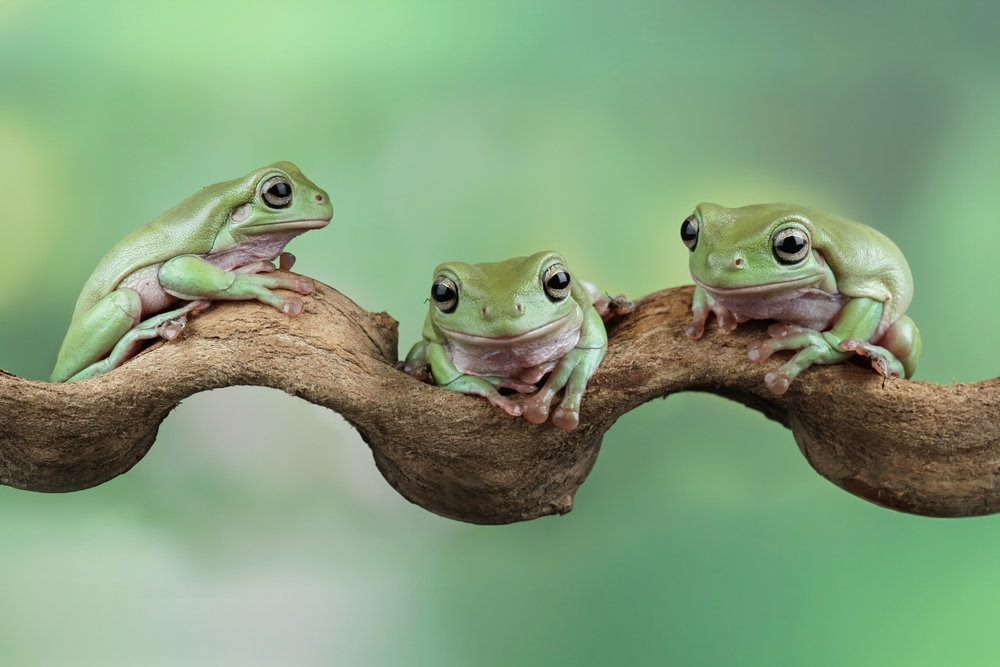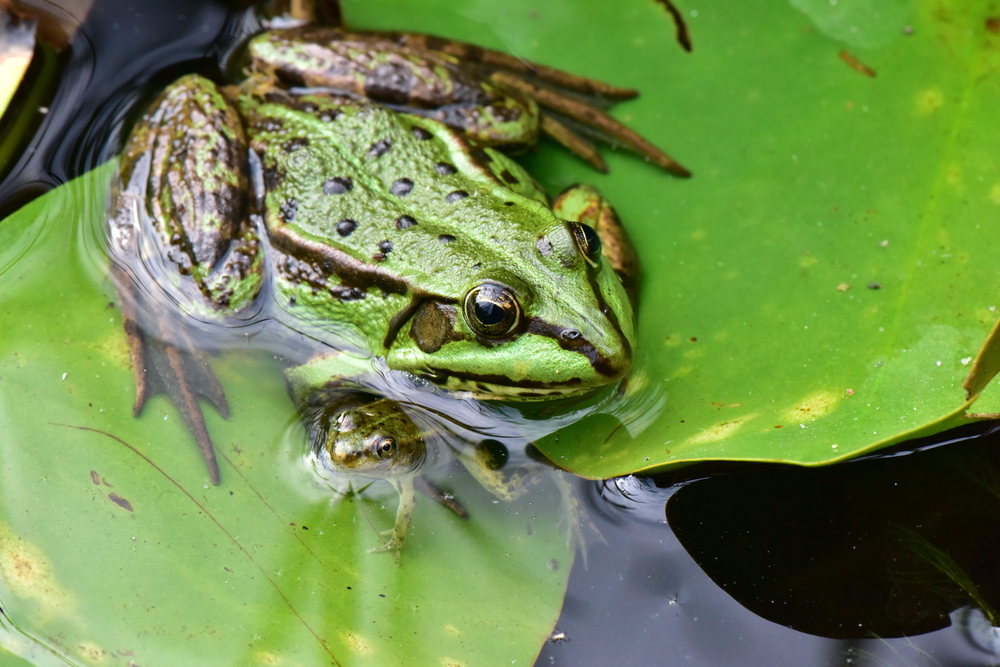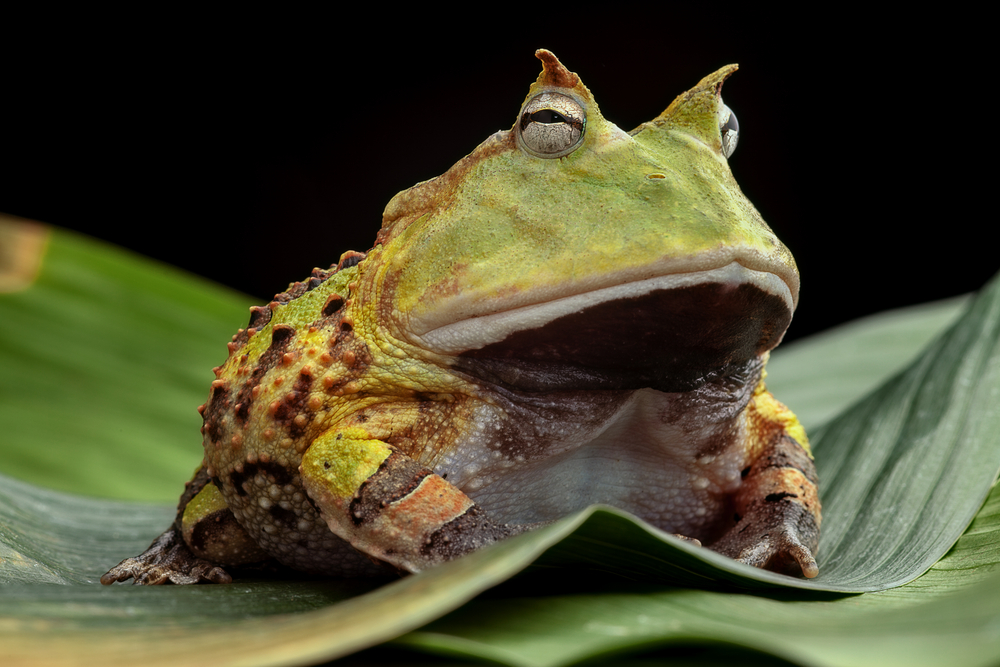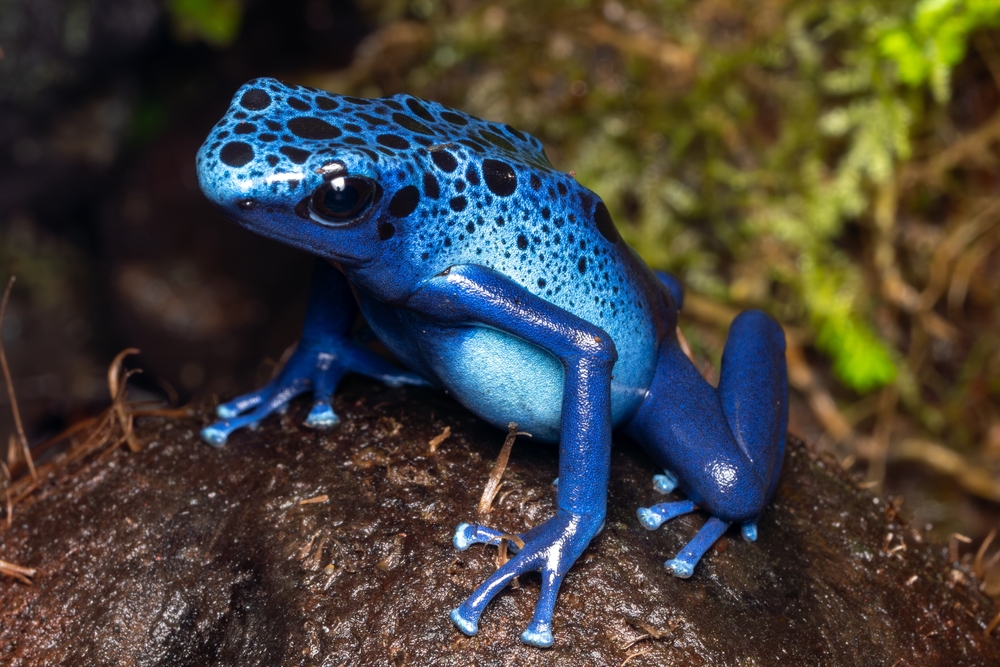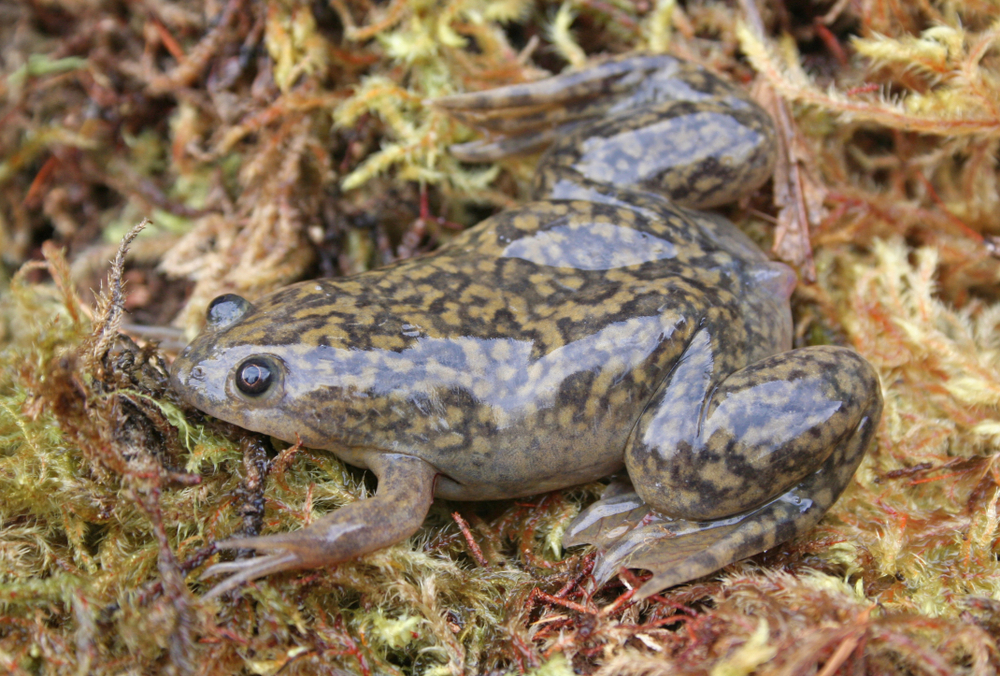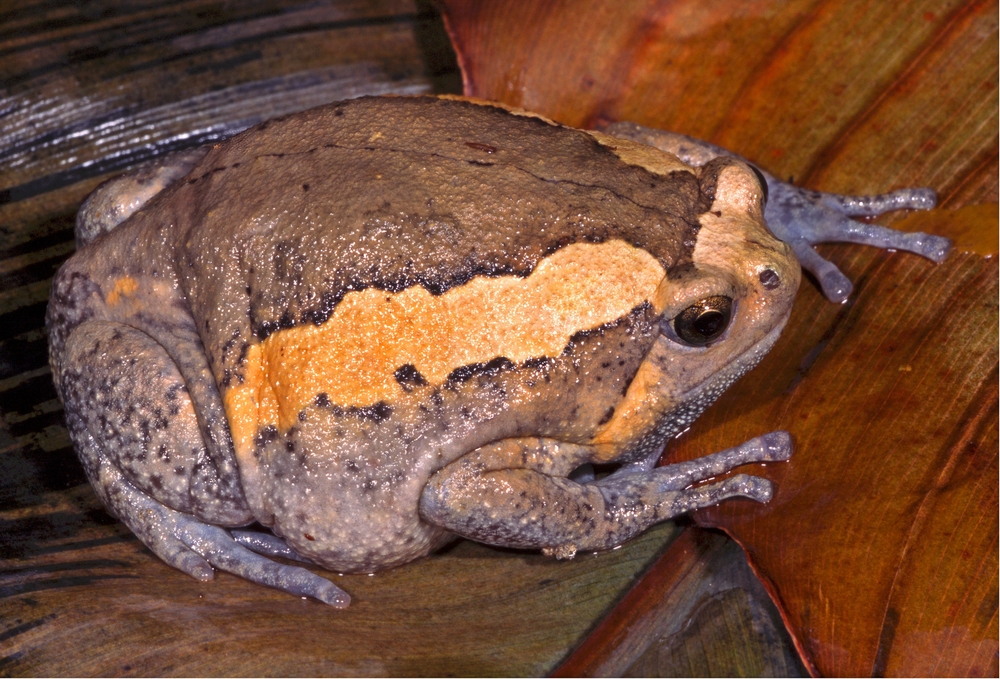Uniqueness
Iconic Species in the U.S.:
The Green Tree Frog (Hyla cinerea) is one of the most recognizable and beloved amphibians in the southeastern United States. It is even designated as the state amphibian of Louisiana and Georgia, symbolizing wetland biodiversity and ecological health.
Arboreal Lifestyle:
Unlike many frogs that dwell on the ground or in water, Green Tree Frogs are arboreal—spending most of their lives in trees, shrubs, or reeds. Their specialized toe pads allow them to climb and cling to vertical or smooth surfaces, including glass and leaves, making them highly adapted to life above ground.
Color-Changing Skin:
While always in the green-to-olive range, these frogs can change skin shade in response to light, temperature, or mood. This helps with camouflage and thermoregulation. Stress or cold can darken their skin, while warmth and calm often result in a bright lime-green hue.
Vocal Performance:
Males produce a loud, nasal “quonk” or “reeenk” call, often described as sounding like a duck. These calls are especially prominent after rain and during breeding season. A chorus of Green Tree Frogs can be heard from long distances and is a hallmark of southeastern summer nights.
Urban Adaptability:
Despite being native to marshes and swamps, Green Tree Frogs have shown remarkable adaptability to urban and suburban environments. They often inhabit gardens, patios, rain barrels, and windowsills—especially where lights attract insects.
Clean Water Indicator:
Because of their permeable skin and reliance on aquatic breeding sites, Green Tree Frogs are bioindicators of environmental quality. Their presence often signals healthy, unpolluted ecosystems.
Minimal Footprint Lifestyle:
Green Tree Frogs are light, agile, and often require very little to thrive—making them models of ecological efficiency. Their quiet, beneficial presence helps control pests and supports the balance of wetland and forest-edge habitats.



































































